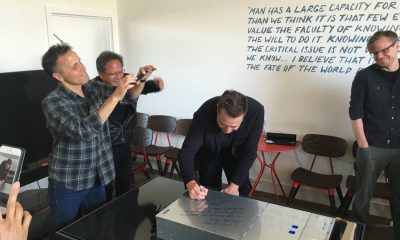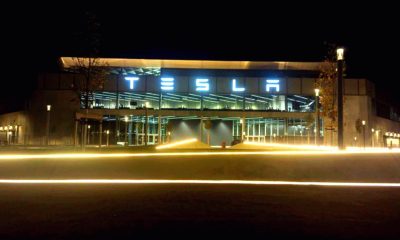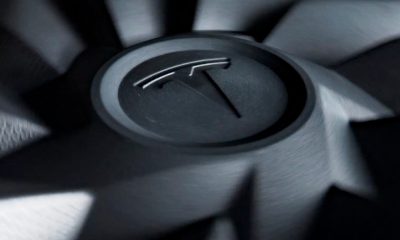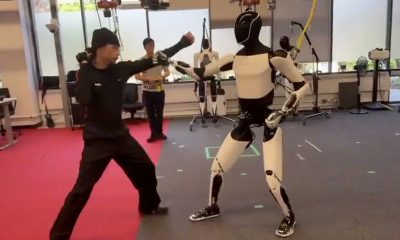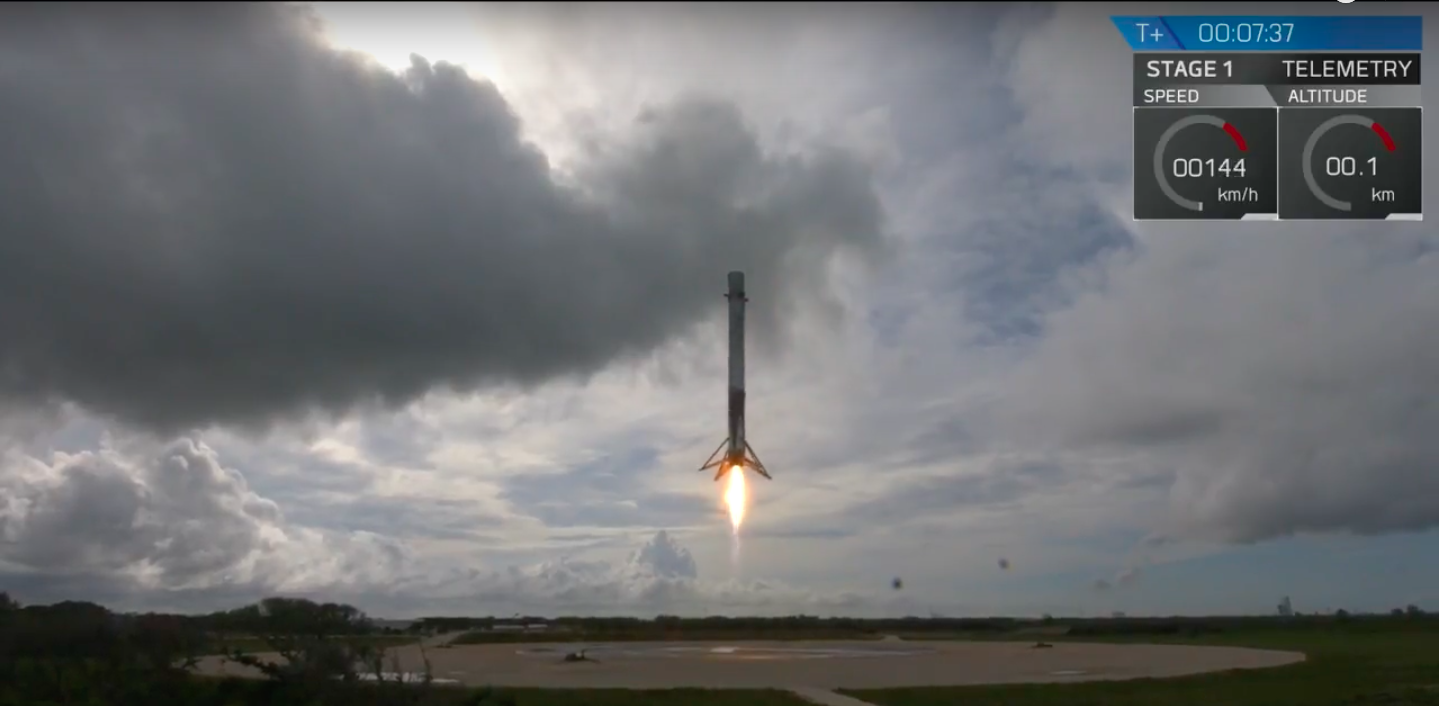
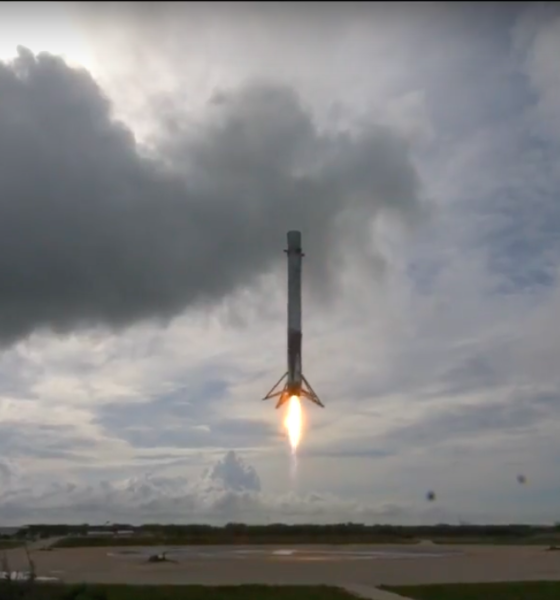
News
SpaceX lands Falcon 9 (again) after launching first used Dragon capsule
SpaceX has successfully completed the first re-flight of a Dragon capsule as part of the CRS-11 International Space Station (ISS) resupply mission.
Saturday’s flight which marks the 100th launch from Kennedy Space Center’s historic LC-39A launch pad was originally scheduled for June 1, but was delayed due to lightning in the area and rescheduled for Saturday, June 3 at 5:07 p.m. EDT.
CRS-11 is the thirteenth flight of SpaceX’s Dragon spacecraft and the eleventh in support of NASA’s Commercial Resupply Services (CRS) program, which sees Dragon transport cargo to and from the ISS. CRS-11 will carry over 40 science experiments up to the ISS including a experiment called ROSA that will put a new type of solar panel technology to the test. ROSA stands for Roll Out Solar Array. Traditional satellites are equipped with approximately 150 feet of solar panels that need to fold up into very tight packages in order to fit into the launch vehicle. ROSA panels roll up like a mat for transport and then unroll when it’s time to deploy.
After the successful liftoff of the rocket at 5:07 pm Eastern Time, Falcon 9 transported its payload up to 65 kilometers above the earth, before separating from the second stage rocket and began its journey back to earth.
Dragon is on its way to the International Space Station. Capture by @Space_Station crew set for Monday.
— SpaceX (@SpaceX) June 3, 2017
As the first stage Falcon 9 booster headed back to earth, the second stage rocket with SpaceX’s “used” Dragon Capsule continued towards the International Space Station, where it’s expected to dock on Monday.
7 minutes and 40 seconds after launch, Falcon 9 landed back at LZ-1, passing what looked like a bird along the way back to a precise landing. Chief Elon Musk took to twitter saying, “It’s starting to feel kinda normal to reuse rockets. Good. That’s how it is for cars & airplanes and how it should be for rockets.”
Indeed, Elon. Indeed.
News
Chevy answers Tesla’s new ‘Standard’ offerings with an actually affordable EV
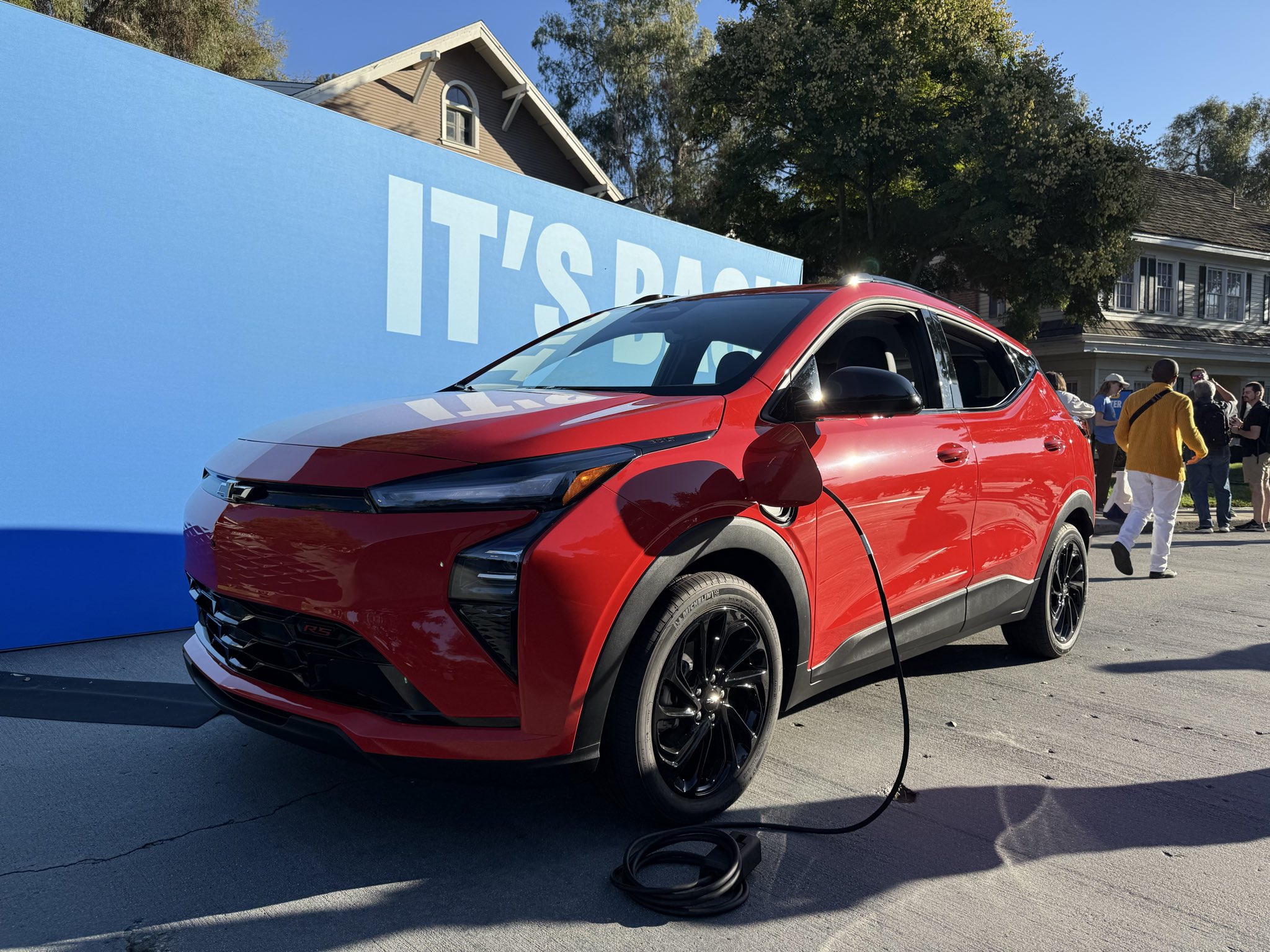
Chevy answered Tesla’s new Standard Model 3 and Model Y offerings with its second-generation Bolt EV, a car that actually appeals to those who were looking for affordability.
Earlier this week, Tesla unveiled the Model 3 and Model Y Standard, two stripped-down versions of the cars of the same name it already offers. The Long Range versions are now labeled as “Premium,” while the Performance configurations stand alone.
Tesla launches two new affordable models with ‘Standard’ Model 3, Y offerings
However, many people were sort of upset with what Tesla came to market with. For well over a year, it has been transparent that it was planning to develop affordable models, and this year, it was forced to take action to counter the loss of the $7,500 EV tax credit.
The Model 3 Standard starts at $36,990, while the Model Y Standard comes in at $39,990. While these are cheaper than the company’s Premium offerings, many fans said that Tesla missed the mark with the pricing, as these numbers are not necessarily “affordable.”
At the very least, they will likely miss the mark in helping Tesla regain annual growth rates for its deliveries. Tesla will likely rely on its “unboxed process,” which will be used to manufacture the Cybercab and potentially other affordable models in the future. These will be priced at below $30,000.
Other carmakers are making their moves and were able to undercut Tesla’s new Standard offerings, Chevrolet being one of them.
This week, the company launched its second-gen Bolt EV, which starts at just $28,995.
Here are the full specs:
- 65 kWh LFP battery
- 255 miles of range (EPA estimated)
- Native NACS port for Tesla Supercharger accessibility without an adapter
- Up to 150 kW charging speed
- Bidirectional power of 9.6 kW
- Front-Wheel-Drive
- 10-80% charging in just 26 minutes
- No Apple CarPlay or Android Auto
- SuperCruise capable
- 11.3″ touchscreen, 11″ digital gauge cluster
- 16 cubic feet of cargo capacity
- Other Trims
- RS – $32,000
- Base LT – $28,995
- Deliveries begin in early 2026
Let’s be frank: Tesla fans are unlikely to bat an eye at other OEM offerings. However, first-time EV buyers might be looking for something more price accessible, so vehicles under $30,000 are where they will look first, at least for most people.
If money isn’t an option, people will consider spending a minimum of $37,000 on a new vehicle, especially an EV, as a first-time owner.
The Bolt EV could be something that does well, especially considering its one of only a handful of EVs that are priced at around $30,000 brand new in the U.S.
The others are:
- Nissan Leaf S ($28,140)
- Mini Cooper SE ($30,900)
- Fiat 500e ($32,500)
While these cars are priced at around $30,000 and are affordable, they each offer minimal range ratings. The Nissan Leaf S and Fiat 500e have just 149 miles, while the Mini Cooper SE has 114 miles.
News
Tesla Model S makes TIME’s list of Best Inventions
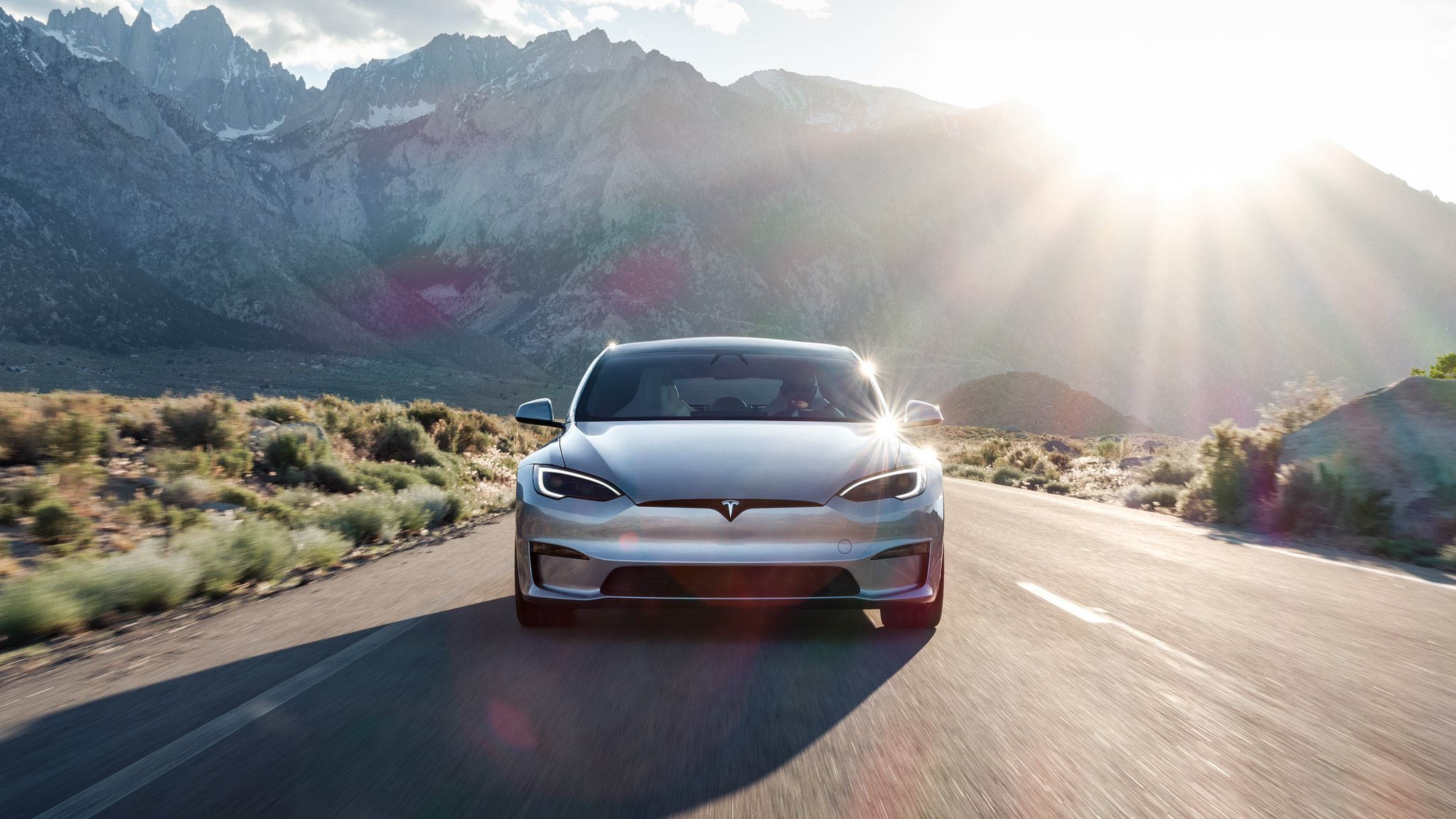
Tesla’s flagship sedan, the Model S, has officially been named one of TIME Magazine’s Best Inventions of the 2000s. It joins its sibling, the Model 3, which made the list in 2017.
The Model S is among the most crucial developments in the automotive industry in the last century.
Just as the Ford Model T made its mark on passenger transportation, becoming the first combustion engine vehicle to be successfully developed and marketed at a time when horse and buggy were the preferred mode of transportation, the Model S revolutionized things a step further.
Although it was not the first EV to be developed, the Tesla Model S was the EV that put EVs on the map. In 2012, TIME recognized the Model S as a piece of technology that could truly transform the car industry.
The publication wrote:
“This electric four-door sedan has the lines of a Jaguar, the ability to zip for 265 miles (426 km) on one charge—that’s the equivalent of 89 m.p.g. (2.6 L/100 km)—and touchscreen controls for everything from GPS navigation to adjusting the suspension.”
Looking back, TIME was right on. The Tesla Model S was truly a marvel for its time, and it, along with the OG 2008 Roadster, can be seen as the first two EVs to push electrification to the mainstream.
As TIME described this year, the Model S “proved to be a game-changing experience for electric vehicles,” and it ended up truly catalyzing things for not only the industry, but Tesla as well.
The Model S acted as a fundraiser of sorts for future vehicles, just as the Model X did. They paved the way for the Model 3 and Model Y to be developed and offered by Tesla at a price point that was more acceptable and accessible to the masses.
The Current State of the Tesla Model S
The Model S contributes to a very small percentage of Tesla sales. The company groups the Model S with the Model X and Cybertruck in its quarterly releases.
Last year, that grouping sold 85,133 total units, a small percentage of the 1.789 million cars it delivered to customers in 2024.
Things looked to be changing for the Model S and the Model X this year, as Tesla teased some improvements to the two cars with a refresh. However, it was very underwhelming and only included very minor changes.
Lucid CEO shades Tesla Model S: “Nothing has changed in 12 years now”
It appeared as if Tesla was planning to sunset the two cars, and while it has not taken that stance yet, it seems more likely that the company will begin taking any potential options to heart.
CEO Elon Musk said a few years ago that the two cars were only produced due to “sentimental reasons.”
Investor's Corner
Tesla analysts are expecting the stock to go Plaid Mode soon
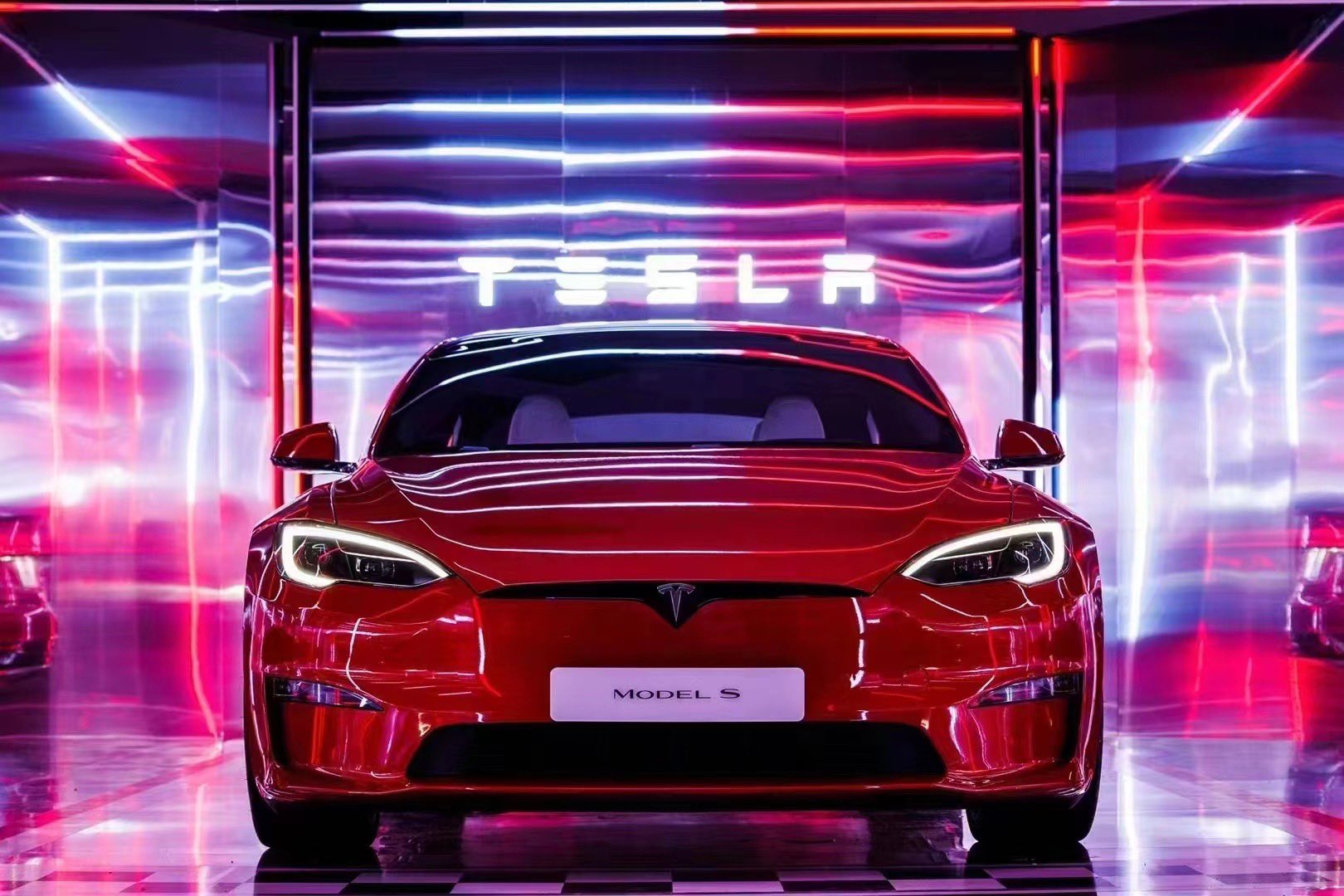
Tesla (NASDAQ: TSLA) has had a few weeks of overwhelmingly bullish events, and it is inciting several analysts to change their price targets as they expect the stock to potentially go Plaid Mode in the near future.
Over the past week, Tesla has not only posted record deliveries for a single quarter, but it has also rolled out its most robust Full Self-Driving (Supervised) update in a year. The new version is more capable than ever before.
Tesla Full Self-Driving v14.1 first impressions: Robotaxi-like features arrive
However, these are not the only things moving the company’s overall consensus on Wall Street toward a more bullish tone. There are, in fact, several things that Tesla has in the works that are inciting stronger expectations from analysts in New York.
TD Cowen
TD Cowen increased its price target for Tesla shares from $374 to $509 and gave the stock a ‘Buy’ rating, based on several factors.
Initially, Tesla’s positive deliveries report for Q3 set a bullish tone, which TD Cowen objectively evaluated and recognized as a strong sign. Additionally, the company’s firm stance on ensuring CEO Elon Musk is paid is a positive, as it keeps him with Tesla for more time.
Elon Musk: Trillionaire Tesla pay package is about influence, not wealth
Musk, who achieved each of the tranches on his last pay package, could obtain the elusive title as the world’s first-ever trillionaire, granted he helps Tesla grow considerably over the next decade.
Stifel
Stifel also increased its price target on Tesla from $440 to $483, citing the improvements Tesla made with its Full Self-Driving suite.
The rollout of FSD v14.1 has been a major step forward for the company. Although it’s in its early stages, Musk has said there will be improved versions coming within the next two weeks.
Stifel raises Tesla price target by 9.8% over FSD, Robotaxi advancements
Analysts at the firm also believe the company has a chance to push an Unsupervised version of FSD by the end of the year, but this seems like it’s out of the question currently.
It broke down the company’s FSD suite as worth $213 per share, while Robotaxi and Optimus had a $140 per share and $29 per share analysis, respectively.
Stifel sees Tesla as a major player not only in the self-driving industry but also in AI as a whole, which is something Musk has truly pushed for this year.
UBS
While many firms believe the company is on its way to doing great things and that stock prices will rise from their current level of roughly $430, other firms see it differently.
UBS said it still holds its ‘Sell’ rating on Tesla shares, but it did increase its price target from $215 to $247.
It said this week in a note to investors that it adjusted higher because of the positive deliveries and its potential value with AI and autonomy. However, it also remains cautious on the stock, especially considering the risks in Q4, as nobody truly knows how deliveries will stack up.
In the last month, Tesla shares are up 24 percent.
-

 Elon Musk2 weeks ago
Elon Musk2 weeks agoTesla FSD V14 set for early wide release next week: Elon Musk
-
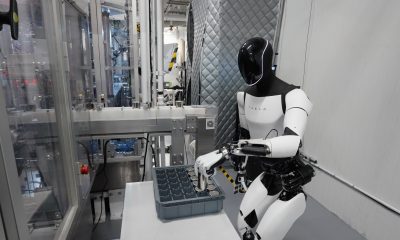
 News2 weeks ago
News2 weeks agoElon Musk gives update on Tesla Optimus progress
-
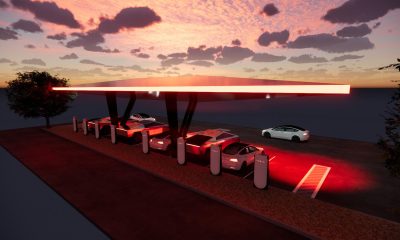
 News2 weeks ago
News2 weeks agoTesla has a new first with its Supercharger network
-
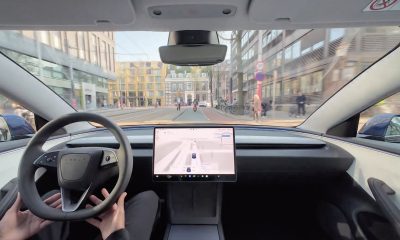
 Investor's Corner2 weeks ago
Investor's Corner2 weeks agoTesla gets new Street-high price target with high hopes for autonomy domination
-

 Lifestyle2 weeks ago
Lifestyle2 weeks ago500-mile test proves why Tesla Model Y still humiliates rivals in Europe
-
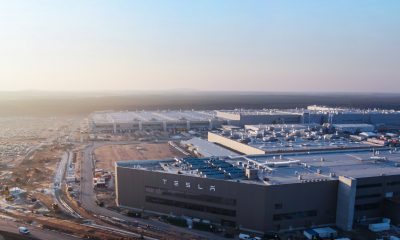
 News1 week ago
News1 week agoTesla Giga Berlin’s water consumption has achieved the unthinkable
-
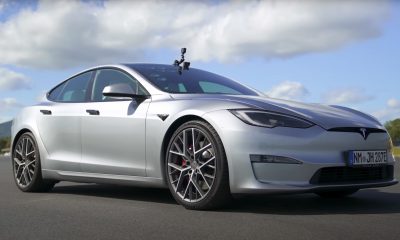
 Lifestyle2 weeks ago
Lifestyle2 weeks agoTesla Model S Plaid battles China’s 1500 hp monster Nurburgring monster, with surprising results
-
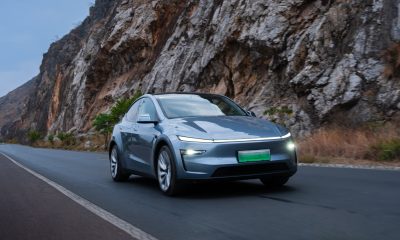
 News2 weeks ago
News2 weeks agoTesla Model Y makes dramatic comeback in Sweden with 492% rise in registrations


